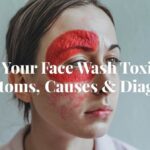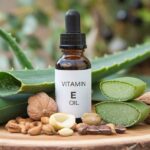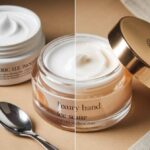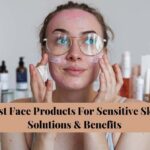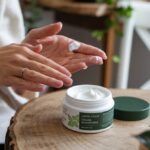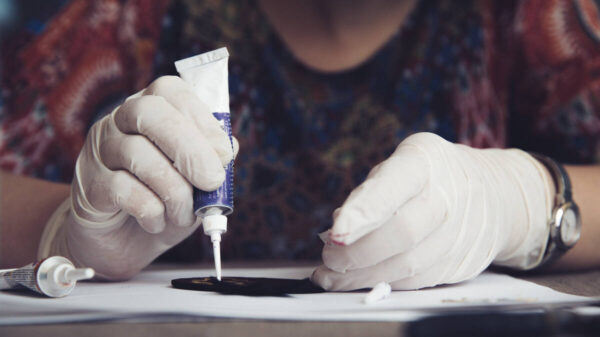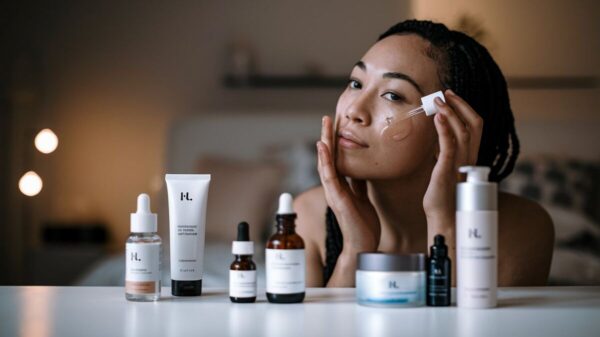You’re not alone if your skin often looks flushed, feels tight, or reacts to almost everything. Facial redness is common for people with sensitive skin usually triggered by environmental stressors, harsh products, or skin conditions like rosacea, eczema, or contact dermatitis. Whether skincare for redness is occasional or persistent, the proper skincare routine can make a powerful difference.
1. Gentle Cleansing: The Foundation of Redness Relief
Harsh cleansing is one of the most significant contributors to facial redness. The skin’s natural barrier is already compromised in sensitive individuals, so your cleanser must protect—not strip.
What to Use:
- Fragrance-free, sulfate-free, and alcohol-free cleansers
- Cream or gel-based textures that don’t foam excessively
- pH-balanced and non-comedogenic formulations
Use twice daily—in the morning to remove sweat and oil and in the evening to clean SPF, makeup, and pollutants.
 Avoid:
Avoid:
- Hot water
- Cleansing brushes or cloths
- Cleansers with menthol, eucalyptus, or essential oils
Top Cleansers to Consider:
2. Redness-Reducing Ingredients: What to Use & Avoid
Certain ingredients can soothe inflammation support the skin barrier, and calm redness over time. Choose your activities wisely.
Best Ingredients for Redness:
| Ingredient | Benefits |
|---|---|
| Niacinamide | Anti-inflammatory, boosts barrier function |
| Allantoin | Derived from comfrey, promotes repair and calms irritation |
| Licorice Root Extract | Reduces visible redness and UV-induced inflammation |
| Caffeine | Constricts blood vessels, reduces puffiness |
| Calendula Extract | Soothes instantly; ideal for masks |
| Salicylic Acid (Low %) [BHA] | Exfoliates without irritation, good for acne-related redness |
3. How to Protect Your Skin from Further Irritation
Protection and prevention are as important as treatment if redness is your recurring concern.
Use Daily Sunscreen
UV rays are one of the most significant external triggers of redness.
- Choose mineral sunscreens with zinc oxide or titanium dioxide
- Look for SPF 30 or higher
- Avoid alcohol-based or heavily fragranced SPF formulas
Strengthen with Moisturizer
Hydration reduces inflammation, strengthens the barrier, and comforts tight, itchy skin.
- Look for ceramides, glycerin, oat extract, or squalane
- Creams over lotions in winter
- Use right after cleansing to lock in moisture
4. Build a Skincare Routine for Each Season
Redness often changes with the weather. Here’s how to adjust your skincare by season:
Summer Routine:
- Lightweight gel moisturizer with calming agents
- Broad-spectrum SPF with matte finish
- Avoid vitamin C or retinoids if your skin flares easily in heat
Winter Routine:
- Rich, occlusive creams to prevent moisture loss
- Introduce a humidifier indoors
- Use overnight masks with oats or panthenol
5. What to Avoid If You Have Redness-Prone Skin
Being cautious is half the battle. Common triggers to cut out:
- Physical exfoliants (scrubs, brushes)
- Essential oils (lavender, peppermint, citrus)
- Menthol, camphor, and alcohol
- Fragrances and dyes
- Over-exfoliating or double-cleansing with stripping agents
 6. SOS Care: Masks and Treatments for Flare-Ups
6. SOS Care: Masks and Treatments for Flare-Ups
Sometimes, redness needs a fast fix. Incorporate 1–2 calming treatments a week:
Instant Relief:
- Aloe vera masks
- Oat or chamomile-based overnight treatments
- Centella Asiatica (Cica) repair creams
7. When to See a Dermatologist
Redness that persists or worsens could signal an underlying issue such as:
- Rosacea
- Seborrheic dermatitis
- Eczema
- Allergic contact dermatitis
Consulting a dermatologist will help rule out chronic conditions and allow for prescription-based solutions.
Final Thoughts:
Skincare for redness doesn’t have to be complicated. You can ease sensitivity and restore comfort with the right ingredients, gentle habits, and mindful protection. Always patch-test new products and take it slow—your skin will thank you for the care.

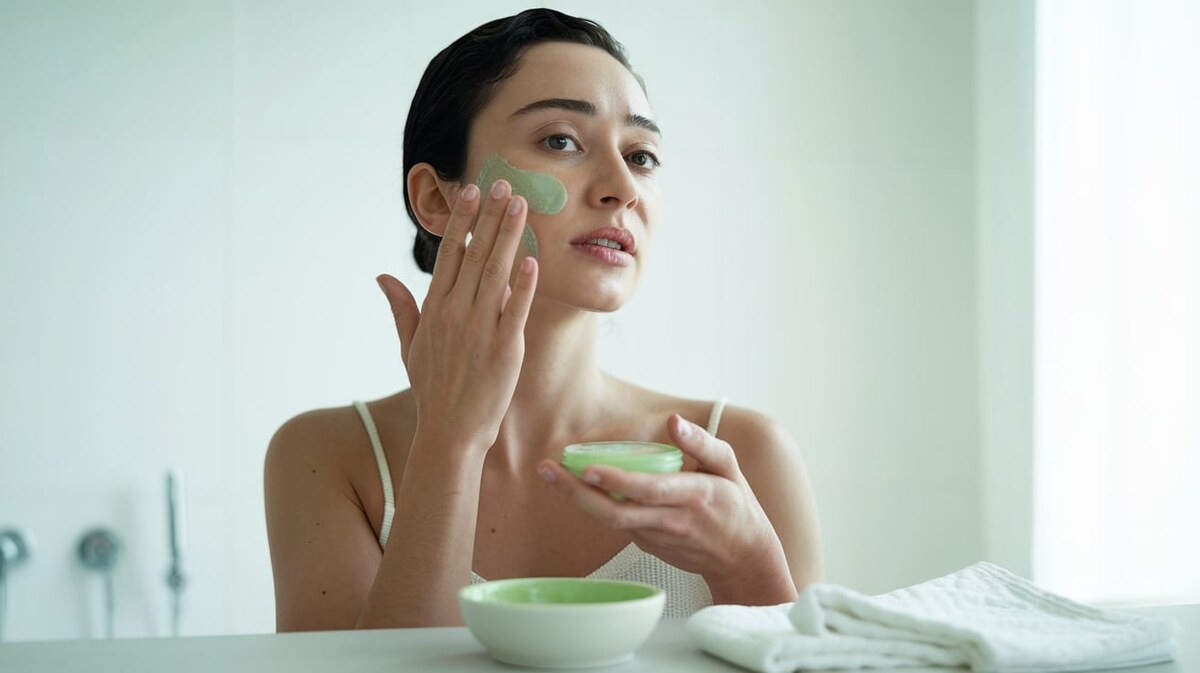
 Avoid:
Avoid: 6. SOS Care: Masks and Treatments for Flare-Ups
6. SOS Care: Masks and Treatments for Flare-Ups